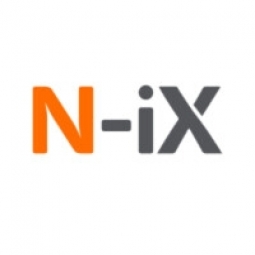Big Data Analytics for Enhanced In-Flight Internet Performance: A Gogo Case Study
- Analytics & Modeling - Big Data Analytics
- Analytics & Modeling - Predictive Analytics
- Equipment & Machinery
- Telecommunications
- Maintenance
- Procurement
- Edge Computing & Edge Intelligence
- Predictive Maintenance
- Cloud Planning, Design & Implementation Services
- Data Science Services
Gogo, a global provider of in-flight broadband Internet, faced a significant challenge in ensuring high-speed internet and predicting equipment failures that led to downtime and unnecessary costs. The company's satellite antennas often malfunctioned, leading to penalties paid to airlines. Furthermore, many of the reasons for antenna failures were defined as no-fault-found (NFF) ones, as no anomaly was detected, causing unnecessary downtime and wasted costs. Although the reasons behind the ill-performance were hypothetically known, they needed to be proved and further eliminated to avoid equipment failure. Therefore, Gogo initiated a complex data governance project to ensure the flawless operation of the equipment and high speed of the in-flight Internet.
Gogo is a global provider of in-flight broadband Internet with over 20 years of experience and more than 1,000 employees. The company’s superior technologies, best-in-class service, and global reach help planes fly smarter, airline partners perform better, and their passengers travel happier. Today, Gogo has partnerships with more than 16 commercial airlines, and it has installed in-flight connectivity technology on more than 2,900 commercial aircraft and over 6,600 business aircraft.
N-iX helped Gogo migrate their on-premise data solutions to the cloud to collect and process a considerable amount of data from more than 20 sources. The migration to AWS cloud expanded the data processing capacity needed for further data analytics solutions and saved Gogo costs spent on licenses and the on-premise infrastructure. N-iX built a cloud-based unified data platform that collects and aggregates both structured and unstructured data. To predict the antenna equipment failure and reduce the NFF rate, data science models, namely Gaussian Mixture Model and Regression Analysis, were applied. N-iX also provided Gogo C-level decision-makers with comprehensive reports on financial data and operational health. A reporting tool was developed that allows identifying the users’ pain-points during the first fifteen seconds of the Internet connection.
Related Case Studies.











